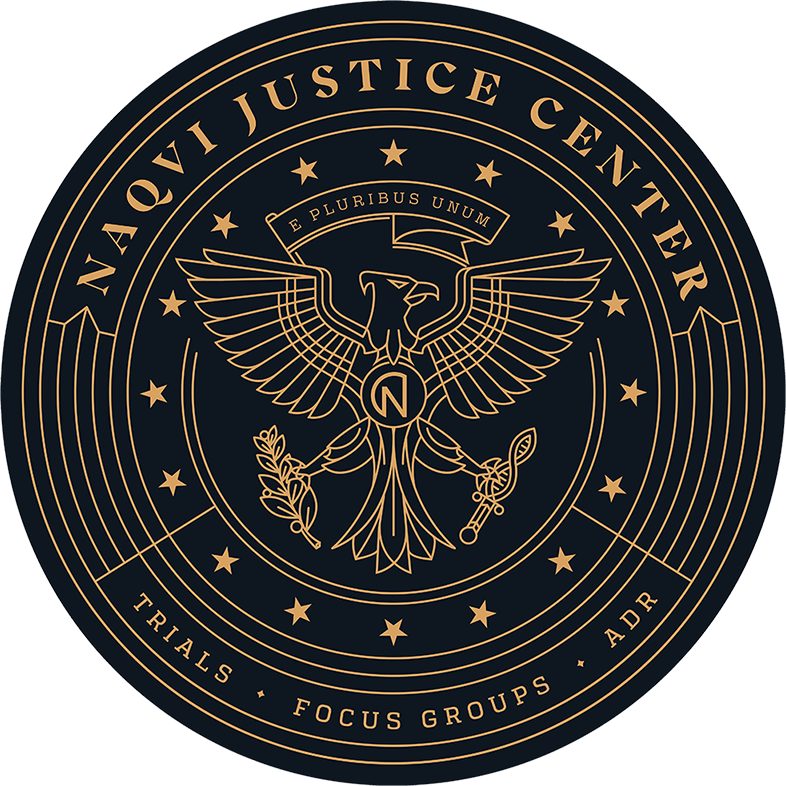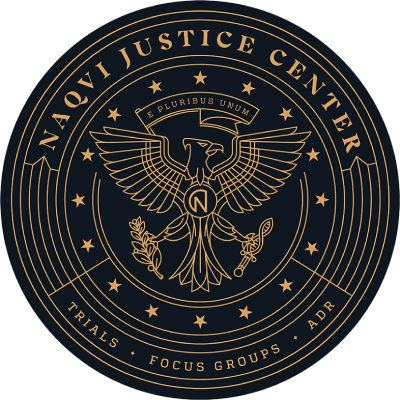Two people are dead following a wrong-way collision on Interstate 580 near the Mill Street interchange. Nevada Highway Patrol officers released very few details in the crash. One car was apparently southbound in the northbound lanes when it collided with another vehicle. Both people were declared dead at the scene. As the investigation is still underway with no additional information available. None of the names of the victims were released.
Determining Negligence in Car Crash Cases
The above story is a good example of the possible degrees of carelessness in these kinds of cases. If a vehicle drifts partially across the centerline for a few moments, a jury may well determine that the tortfeasor (negligent driver) either was not negligent at all or only cause a crash due to the victim’s contributory negligence. If the tortfeasor was all the way across the center line for a few moments, perhaps because s/he misjudged the amount of time needed to pass, a jury will most likely find negligence.
In addition, if the tortfeasor was operating on the wrong side of the road for quite some time, perhaps due to alcohol impairment or some other extraneous factor, a jury will almost certainly conclude that the tortfeasor was negligent. In fact, jurors might also award additional punitive damages, as outlined below.
Common Negligence Theories
Solid evidence is one way to convince jurors who may be on the fence to find the tortfeasor negligent. Another good approach is to develop a compelling theory of the case that revolves around one of the four types of impairment, which are:
- Drugs and Alcohol: Alcohol, street drugs, prescription painkillers, and many over-the-counter medicines have similar effect on the brain and on motor skills. While the benchmark for negligence is easy to establish in alcohol cases (one drink), additional evidence may be required in other cases.
- Fatigue: Driving after eighteen hours without sleep, which is basically a long day at the office or a rather long drive, is like driving with a .08 BAC, in terms of mental and physical impairment.
- Distraction: Anything that causes drivers to take their eyes off the road (visual distraction), a hand off the wheel (manual distraction), or their minds off driving (cognitive distraction) is, by definition, distracted driving. That includes both known dangerous activities, like texting, and some that are not as well known, such as an animated conversation with a passenger.
- Medical Condition: Restrictions on drivers’ licenses, from prescription lenses to daytime-driving only, are very common. Furthermore, people with medical conditions which may cause unconsciousness, such as seizures or heart problems, should not be driving at all.
Altogether, the four types of impairment are responsible for most car crashes, so their presence makes for a compelling narrative.
Damages Available
Since the average injury-related hospital bill is over $40,000, a figure that does not include follow up and rehabilitative care, medical bills are usually the largest component in economic damages. Lost wages, including both past and probable future lots wages, may be tens of thousands of dollars more.
In extreme cases, such as a high BAC, juries often award additional punitive damages. These damages are available if victim/plaintiffs present clear and convincing evidence that the tortfeasors acted recklessly and, in so doing, endangered the property or safety of others.
Contact an Aggressive Attorney
Car crash victims are often entitled to substantial compensation for their serious injuries. For a free consultation with an experienced personal injury lawyer in Las Vegas, contact Naqvi Injury Law. Attorneys can connect victims with experienced doctors who will charge no money upfront.

